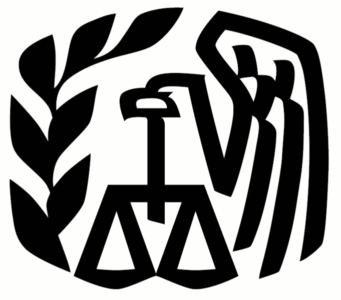Originally published on Passive Activities and Other Oxymorons on January 19th, 2011.
____________________________________________________________________________
FIDELITY INTERNATIONAL CURRENCY ADVISOR A FUND, LLC v. U.S., Cite as 106 AFTR 2d 2010-7404, 12/20/2010
The story of Richard Egan’s doomed tax shelters continues. I thought I picked up the end of it in my post in October to which I provided a sequel with some followup commentary in my post on Krause v US. It turns out that I get to add a fourth volume to the EMC trilogy. Not being a litigator (or any other type of lawyer), I normally wouldn’t pay any attention to something like this, but I’ve grown attached to this case. Also, it is noteworthy that the Egan family’s legal team has finally won at least a partial victory. Maybe that’s putting it a little too strongly.
This decision is about the cost of the cases. I guess the way it works is that the Egan team lost spectacularly enough that they have to pay some of the costs incurred by the federal government. It seems a little petty of the feds, but there is a big deficit and every little bit helps, I guess. The government was seeking $220,944.65, which seems like quite a handsome sum. You have to remember, though that, there was about $80,000,000 in tax and penalties at stake in the case.
Some of the discussion is illuminating
The electronically recorded transcripts must still be “necessarily obtained” for use in the case. Plaintiffs contend that video deposition expenses are not recoverable if the witness testifies at the trial, and objects to $18,791.00 in such costs claimed by defendant. That proposition is certainly doubtful as to witnesses (such as Stephanie Denby) who resided out-of-state and who may not have been available to testify at the trial. Furthermore, and in any event, in this case—particularly given its extreme complexities and uncertainties as to how and when the case would be tried and who would be then available to testify—the videotaping of the nine identified witnesses who later testified at trial was appropriate and necessary and properly taxable as a cost.
Stephanie Denby’s e-mails were some of the best material in the original decision. I’d love to see her testimony, but I don’t think they are planning on recovering some of the money in this case from releasing it on Netflix.
Plaintiffs object to the inclusion of $19,200 in printing and mounting costs for demonstrative exhibits, on the grounds that such exhibits were primarily presented electronically and were not necessary for use at trial. The government certainly was correct to make extensive use of demonstrative exhibits, given the complexity of the trial. The use of paper demonstrative exhibits was very helpful to the Court. The Court has reviewed the invoices submitted by the government, and is not prepared to reject them as unnecessary or excessive based on the evidence provided.
I wonder if there were circles and arrows and a paragraph on the back of each one explaining what it was.
Plaintiffs next object to the cost of printing the entire production of the Stephanie Denby documents during the trial. Under the circumstances, where the documents were not produced until relatively late, the cost was a necessary incident to the trial and will be allowed.
I guess the e-mails that were quoted in the decision were just the highlights.
There were a few other issues. In the end the court disallowed:
$17,328.12, reflecting the cost of expedited transcripts;
$26,626.90, reflecting the cost of “real time” deposition transmissions;
$12,183.54, reflecting the cost of “real time” trial transmissions;
$1,200.00, reflecting the cost of the rented copier;
$2,666.07, reflecting the cost of “miscellaneous supplies”;
$83.19, reflecting the cost of “general and admin expense; and
$5,808.28, reflecting a reduction of 3/7 of the trial exhibit copying costs.
———-
$65,896.10
All in, I make that to be a victory of 0.08% for the Egans.































































































